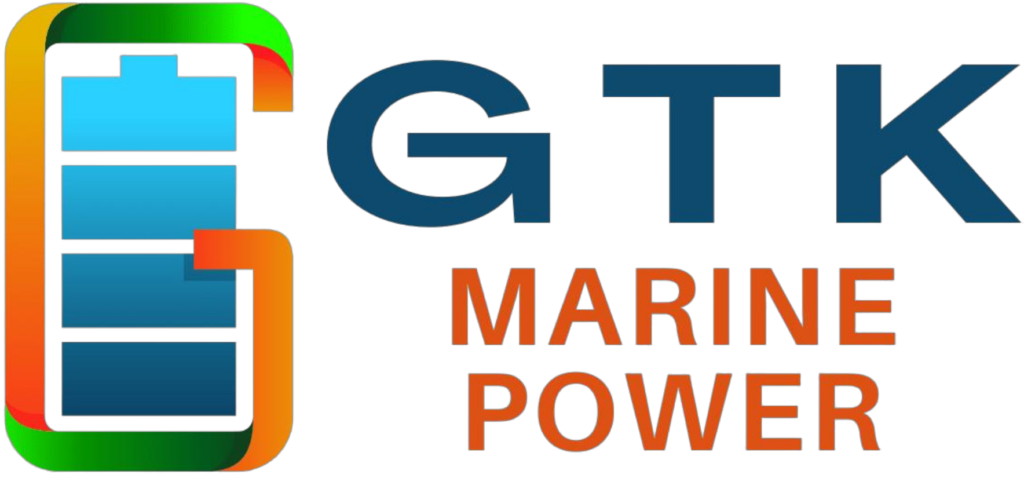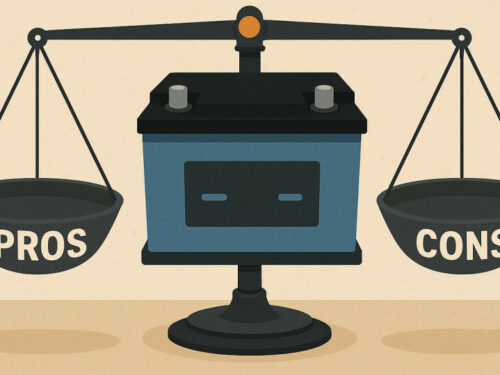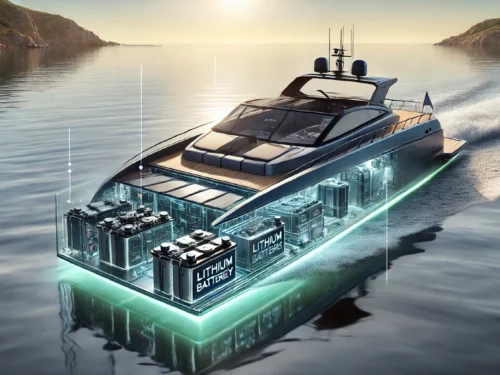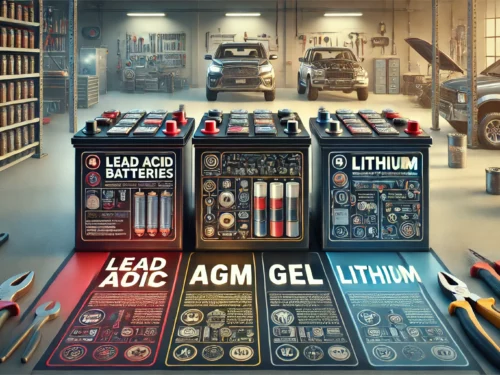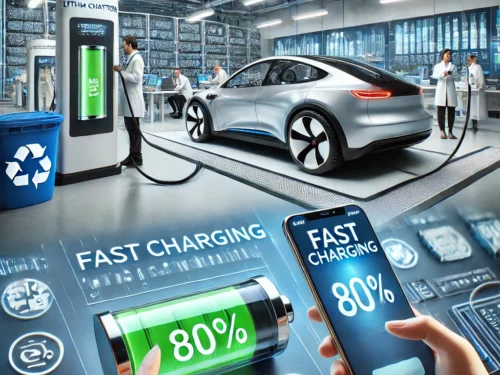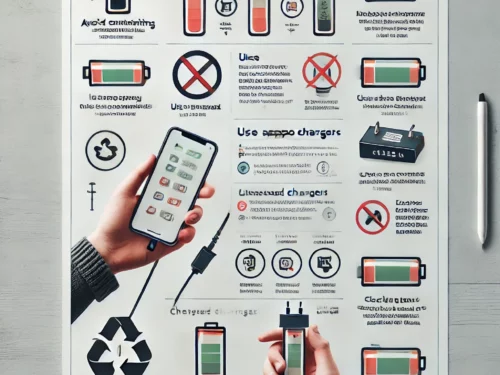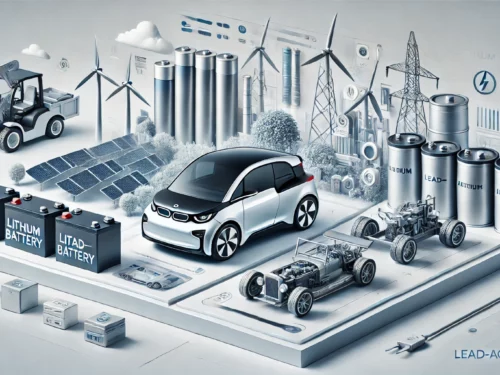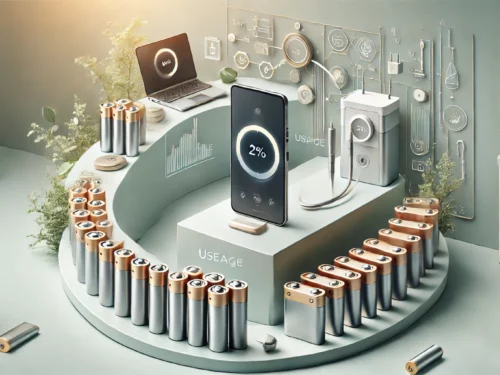The one thing all of our fishing boats normally share for all intents and purpose is the dependence on some kind of 12-volt marine power cell to one or the other beginning up the engine(s), run the electrical framework, or both. The current month’s emphasis is on 12V marine battery nuts and bolts, alongside a portion of the essential necessary extras to get things going installed. Not all marine batteries are made equivalent. Costs for a standard gathering 24 series 12V power cell can go from $100 to $1,000 or more, contingent upon the battery type and innovation. There are a threesome of practical battery types, explicitly, Beginning, Profound Cycle and Double Reason. Also, battery innovation can be separated into four fundamental classes – overflowed cell lead corrosive, assimilated glass mat (AGM), Gel, and Lithium/Iron.
Beginning Batteries: Intended to give transient high-power blasts to empower the turning over engines on enormous marine outboards. They have countless slender plates intended for greatest surface region and most extreme current result, which can undoubtedly be harmed by a profound release. Rehashed profound releases will bring about limit misfortune and at last in untimely disappointment. Beginning batteries kept on a persistent float charge will endure erosion of the cathodes which will likewise bring about untimely disappointment. Beginning batteries ought to hence be kept open circuit, yet charged something like once at regular intervals to forestall sulfation and a deficiency of capacity. In overflowed wet cell lead corrosive sorts, beginning batteries are typically lighter in weight than profound cycle batteries of a similar size, on the grounds that the more slender and lighter cell plates don’t stretch out the whole way to the lower part of the battery case. This permits free crumbled material to tumble off the plates and gather at the lower part of the cell, dragging out the help life of the battery. In the event that this free flotsam and jetsam rises sufficient it might contact the lower part of the plates and cause disappointment of a cell, bringing about loss of battery voltage and limit.
Profound Cycle Batteries: These are the heavyweights in your battery decision armory.
As indicated by the specialists at Crown batteries, a profound cycle battery is intended to give supported control over a significant stretch and run dependably until it is 80% released or more, so, all in all it should be re-energized. It is critical to take note of that albeit profound cycle batteries can be released up to 80% of their ability, most producers prescribe not releasing underneath half to expand the existence of the power cell. A starter battery releases just a small level of its expected limit (typically 2% to 5%) each time it is utilized. Profound cycle batteries give supported energy, causing them ideal for marine house battery applications that to require in excess of a fast beginning.
Double Reason (D/P) Batteries: These cross breed switch-hitters are intended to perform both beginning and profound cycle capabilities. They are very valuable where you could have the option to have one battery installed (never smart), or simply need to have a couple of these double capability power sources in the interest of personal entertainment as an insurance contract. As the name suggests, D/P batteries as a rule highlight higher marine wrenching amps than a profound cycle and fundamentally more ability to cycle than a starter. It likewise has additional hold ability to run embellishment stacks and expanded amp hour evaluations contrasted with a beginning battery. You can go the one starter/one profound cell and numerous Angler perusers are in this boat. The issue is, on the off chance that the profound cycle goes out in the center of a fishing trip, running the gadgets and siphons from the beginning battery for any time span may be a possible kiss of death.
Battery Innovation
Overwhelmed Cell Lead Corrosive: The overflowed lead corrosive battery has been the #1 decision for boaters for a really long time, albeit that tide is gradually changing to a portion of the more fascinating sorts that we will depict later. As indicated by the specialists at Battery College, “lead corrosive batteries are reliable and cheap on an expense for every watt base. There are not many different batteries that convey mass power as inexpensively as lead corrosive and this makes the battery practical for marine use. These batteries are frequently known as lead-antimony and lead-calcium. Lead corrosive is weighty and is less tough than lithium-based frameworks when profound cycled. A full release causes strain and each release/charge cycle for all time denies the battery of a limited quantity of limit. This misfortune is little while the battery is in great working condition, however the blurring increments once the presentation drops to half limit. This wearing out applies to all batteries in different degrees. Contingent upon the profundity of release, lead corrosive for profound cycle applications gives 200 to 300 release/charge cycles. The maturing is advanced at raised working temperatures and while drawing high release flows.
Ingested Glass Mat (AGM): These batteries are a kind of Valve Managed Lead Corrosive (VRLA) battery that utilization a material produced from exceptionally fine glass filaments. As indicated by the people that fabricate Deka Marine Batteries, the benefits of AGM types versus overwhelmed lead corrosive batteries incorporate up to two times the powerful life cycle and essentially more vibration opposition for wave beating security. They likewise take into consideration more secure establishments with a fixed no-spill plan to forestall releasing corrosive, higher freeze-obstruction for worked on chilly climate execution, in addition to a lower release rate/loss of limit during times of rare use.
Level plate AGM batteries have six arrangements of plates with glass mat separator containing the electrolyte organized in an orderly fashion inside the battery. Since the plates are compacted in columns, the battery has greater limit. Plate pressure empowers longer life or more complete energy utilization over the long run. One more twist on the AGM battery is winding innovation which brings about additional power in a more modest box and the capacity to re-energize a lot quicker. The immobilized plates give you a battery that endures longer and performs better all through its life.
Run of the mill 36V savaging engine wiring graph.
Normal 36V savaging engine wiring graph.
Gel: As per the specialists at Optima, a gel battery configuration is regularly a change of the standard lead-corrosive marine battery. A thickening specialist (normally silica) is added to the electrolyte to decrease development and stream inside the battery case, making a thixotropic gel that for all time secures in the electrolyte into this network. Gel batteries are regularly fixed, spill-evidence and support free. Since it utilizes gelled electrolyte, there is compelling reason need to really take a look at liquid levels. Gel marine batteries likewise clutch their inside charge better compared to the greater part of the other lead-corrosive sorts with a self-release rate that is normally simply 2% to 3% each month, so assuming it’s been quite a while between fishing trips, the gel marine battery provides you with extra inward feeling of harmony.
Lithium Particle: An overall newbie contrasted with the three previously mentioned lead-corrosive sorts of marine power cells, Lithium Iron Phosphate (otherwise known as lithium particle) batteries offer various benefits of lead cell marine power cells, among them being:
Lithium batteries convey higher power during turning and hold a higher voltage during release than a similarly measured lead corrosive battery. Lithium batteries are additionally lighter. A few 24-series profound cycle AGM or Gel batteries can weigh north of 60 pounds while a 24-series lithium battery steers the result at around 23 pounds. Lithium-particle batteries acknowledge energize current to multiple times quicker than lead-corrosive batteries.
Lithium-particle marine batteries will hold a higher amp rating longer contrasted with lead corrosive batteries, which is an incredible component for electric savaging engine use. Even better, you can trade a triplet of 60-pound 12V profound cycle lead-corrosive batteries for a solitary 36-volt lithium that tips the scales at just 30 pounds. The disadvantage for lithium-particle batteries, is their expense, which can be restrictive. Contingent upon the battery voltage (12-24-36) and the battery type (beginning or profound cycle), costs can begin in the $700-$800 territory and go into the large numbers ($2,200-$2500).
Peruse the Name
The name on your marine battery is an abundance of information and generally will let you know all that you really want to realize about what kind of force cell(s) you have on board, alongside their capacity. I have incorporated a photograph of the mark from one of my new Optima AGM (retained glass mat) 12V marine batteries as it is an extraordinary learning device. The model number (D27M) implies that it is a marine, 27-series, double reason battery. The MCA (marine wrenching amps) rating is 1000 amps. The CCA (cold turning amps) rating is 800 amps. The AH (amp hours) rating is 66 and the RC (hold limit rating) is 140 minutes for running a 25-amp load. A more complete meaning of these evaluations is as per the following, civility of the Exide Organization:
The creator’s two battery, two switch manual confinement design for a solitary motor.
The creator’s two battery, two switch manual separation design for a solitary motor.
Marine Wrenching Amps (MCA): The marine turning amps rating alludes to the quantity of amps that a lead-corrosive battery can convey for 30 seconds at 32 degrees F (0 degrees C), while keeping up with something like 7.2 volts (1.2 volts per cell).
Cold Turning Amps (CCA): The virus wrench rating alludes to number of amperes (amps) a lead-corrosive battery can convey for 30 seconds at 0 degrees F (- 17.8 degrees C), while keeping up with no less than 7.2 volts (1.2 volts per cell).
Amp Hours (AH): The quantity of amp-hours which can be conveyed under indicated conditions as to temperature, pace of release and last voltage. A marine 12V battery with an AH rating of “66” can conveyance one amp for 66 hours, or it can convey a consistent six amps for 11 hours. You get the math moving on here, the AH rating drives the condition. To find out this response with your boat’s batteries, simply partition the projected amp load into the amp hour rating and it will provide you with a thought of how long the 12V juice will rearward in hours.
Hold Limit Rating (RC): The time in minutes that a new, completely energized battery will convey 25 amps at 27 degrees C (80 degrees F) and keep a terminal voltage equivalent to, or higher than, 1.75 volts per cell. This rating addresses the time the battery will keep on working fundamental extras in the event that the alternator or generator of a vehicle falls flat.
Best Battery Arrangements
Contingent upon the number of motors your boat that could have, alongside the necessities of your locally available gadgets, baitwell and bilge siphons, lighting and whatever, you get the possibility that believing this to only one battery on your boat is most likely not going to cut it. I suggest introducing numerous batteries locally available, in any event, for 17-foot dinghies and mid control areas. For one motor, the ideal marine battery set-up is a starter and a profound cycle, or two crossover double reason units. For twin power set-ups, a starter for every motor is liked, with at least one, on the off chance that not two profound cycle house batteries, contingent upon your embellishment load. You can run these as two free electrical frameworks, with some kind of a hybrid in the event that you really want a leap, or can consolidate everything into one circuit. On the off chance that space is at a higher cost than normal for your twin motor apparatus and four batteries in all likelihood won’t fit, you can go with a substantial 27 or 31 series profound cycle house battery involving AGM or Gel innovation for added cycles and substitute the mixture double reason power cells for the beginning batteries, which successfully provides you with a triplet of profound cycle evaluated batteries. For a three motor apparatus, you are taking a gander at a favored situation of five batteries (three starters and two profound cycles), yet can most likely lessen this by one on the off chance that you go with one curiously large profound cycle battery, upheld by a triplet of cross breed double reason batteries for beginning and crisis house obligations. Anything that batteries you pick, it’s generally smart to get them as a total set simultaneously and keep the science of each comparative. The specialists that I talked with didn’t suggest utilizing different battery types in mix, since the re-energizing rate and cycle on these is unique.
Blue Ocean Frameworks two motor, three battery wiring graph utilizing Add-a-Battery switches and circuits.
Blue Ocean Frameworks two motor, three battery wiring graph utilizing Add-a-Battery switches and circuits.
Battery Switches and Isolators: I have been an expert of the secure manual battery isolator circuit for a really long time. I utilize the two battery switch (one motor) or four-switch (two motors) approach. To execute the one motor/two battery/two switch framework, it is expected that you add a basic On/Off battery change to a standard 4-way switch. Connect the + link from the beginning battery to the “1” feeder on the 4-way switch. Connect the + link from the house battery to the single feeder on the On/Off switch. Then run a short battery link from the feeder carry on the On/Off change to the “2” feeder on the 4-way switch. To finish this arrangement, append the + feed from your motor’s wiring bridle and keyswitch to the normal result drag on the 4-way switch and the + lead(s) from your frill/gadgets board to the normal result haul on the On/Off switch.
To work the framework, follow these straightforward advances:
Turn On/Off change to the “on” position and begin your hardware
Turn 4-way change to the #1 position and turn over your motor
Turn 4-way change to the “Both” position to charge the two batteries when the boat is running
While floating for significant stretches with the motor off, turn 4-way change to the “off” position
To restart motor, allude to stages 2 and 3
By the day’s end, turn the two switches “off” and everything power is sliced off to motor and hardware
That is all there is to it, that’s all there was to it and you control your own predetermination with switches that really turn everything on and off on request and forestall undesirable power floods that can spike and possibly hurt your gadgets. When there’s no other option, you can likewise utilize your home battery to turn over your motor and furthermore utilize your wrenching battery to run your hardware (for a brief time frame, contingent upon its evaluating). It’s just an element of flipping the right switches.
On the off chance that you favor the electronic way to re-energizing the batteries that are out of luck, Blue Ocean Frameworks makes a truly reasonable item that makes this a snap to introduce on your boat. Their Beginning Disengagement Programmed Charging Hand-off (ACR) naturally joins battery banks during the charging cycle and separates them while releasing, in addition to safeguards delicate gadgets by transitory detachment of house loads from motor circuit during motor wrenching. The ACR permits two battery banks to be associated so they can share the result of a solitary charge source, permitting the client to charge more battery banks than the quantity of charging yields. For instance, an ACR can be utilized with a solitary result charger, bringing about an easier framework at lower cost than a double result charger. They utilize a hand-off joined with a circuit that detects while a charging source is being applied to one or the other battery. In the event that there is a charge present on one or the other battery, showed by a sufficiently high voltage, the ACR will consolidate the batteries.
For fishermen with banks of 24v or 36v savaging engine batteries, having a devoted installed charger that will recharge the consumed profound cycle batteries after each profound release back at dockside or in the carport will drag out their life expectancy and it’s essentially as basic as fitting and play. A significant number of the better units have underlying defensive hardware to guarantee the ideal charging rates without cooking off your electrolyte.
There’s something else to discuss with respect to your marine batteries, yet we are using up all available time and space. Maybe we will actually want to address wiring batteries in series and equal, alongside some battery support tips in a future article.
